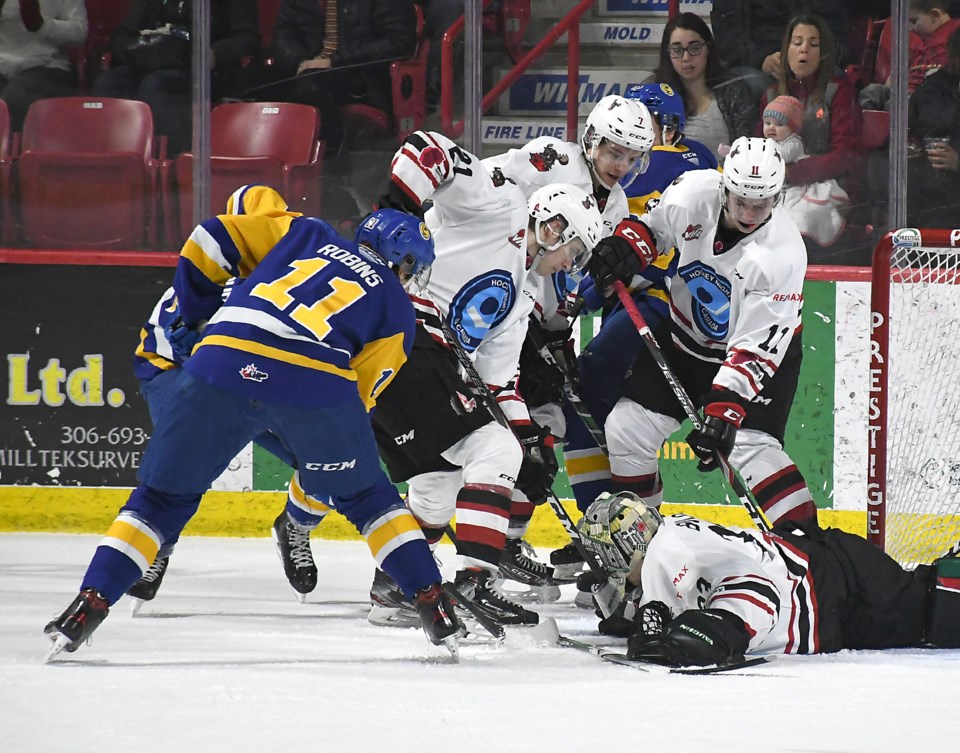Wait and see, and hope for the best.
After the WHL’s annual general meeting on Wednesday, the league announced that a return-to-play date of Oct. 2 had been set and would feature a full 68-game season.
The key component would be agreement from all six jurisdictions – Saskatchewan, Manitoba, Alberta, B.C. and the U.S. states of Washington and Oregon – with regards to team and fan safety measures, meaning that if one is unable to open, the remainder of the league would remain on pause.
That’s all fine and well for Moose Jaw Warriors general manager Alan Millar, especially in light of COVID-19 continuing to be an issue all over western Canada and especially in the U.S.
“I think it’s an initial plan, it’s obviously something our league and our member clubs are working towards, but we all know there’s some work to be done with the respective state and provincial governments and health officials,” Millar said.
“But I really believe that the WHL leadership group and (commissioner) Ron Robison and staff have really put a good plan in place in terms of doing our due diligence. We’re doing the right things for our players, our fans, our staff and our officials and hopefully at some point in the fall we’re able to play.”
The season could be pushed back as far as early December and still play a 68-game schedule, but that would likely be as close to a cut-off point for a full season as there could be.
One major factor is the possibility of playing with arenas at 50 per cent capacity. That’s okay for teams like Edmonton and Calgary, who play in NHL arenas with 18,000 seat capacity but smaller arenas like Swift Current and Prince Albert, with capacity touching 3,000, could end up with prohibitively small crowds.
Then there would be the social distancing measures and other factors that would be in place, making the good ole hockey game a far different experience than what we’re used to seeing.
“I think capacity of buildings will be a significant part of what we have to work through,” Millar said. “Our revenue model is based on being a gate-driven league, we need to be able to put people in the building, we need to be able to sell tickets to operate. That’s why our leaders are doing what they’re doing in terms of the task force and working through the proper channels.”
In the immediate term, the news isn’t all that bad for the Warriors – with a bit of a nest egg in place, it stands to reason the team can hang on paying bills for the foreseeable future. But Millar wouldn’t hazard a guess as to what things would look like in the long term.
“I don’t think that’s anything we’re contemplating at this time,” he said. “There’s some optimism that we’re going to be able to play at some point, so that’s what we can continue to work towards. I think our club, just like every other team, is going to have to do what we need to do in these challenging times in terms of their business model and how they operate their team, expenses and future revenues and those types of things.
“At this point, our focus is doing what we need to do in terms of planning to play in the fall and waiting on some more clarity in terms of where we’re at and take direction from the league office.”
For the latest on the WHL and COVID-19, be sure to keep up to date with the news on whl.ca.




